Deltasone 5 | Tablet | 30 pcs
৳ 51.60
Brand Name: Deltasone Tablet
Generic: Prednisolone
5 mg
Manufacturer: Renata Limited
Unit Price: ৳ 1.72 (17 x 30: ৳ 877.20)
Indications
Respiratory disease: allergic pneumonitis, asthma, occupational asthma, pulmonary aspergillosis, pulmonary fibrosis, pulmonary alveolitis, aspiration of foreign body, aspiration of stomach contents, pulmonary sarcoid, drug induced lung disease, adult respiratory distress syndrome, spasmodic croup.
Rheumatic disorders: rheumatoid arthritis, polymyalgia rheumatica, juvenile chronic arthritis, systemic lupus erythematosus, dermatomyositis, mixed connective tissue disease.
Arteritis/collagenosis: giant cell arteritis/polymyalgia rheumatica, mixed connective tissue disease, polyarteritis nodosa, polymyositis.
Blood disorders: haemolytic anaemia (auto-immune), leukaemia (acute and chronic lymphocytic), lymphoma, multiple myeloma, idiopathic thrombocytopenic purpura.
Cardiovascular disorders: post-myocardial infarction syndrome, rheumatic fever with severe carditis.
Endocrine disorders: primary and secondary adrenal insufficiency, congenital adrenal hyperplasia.
Gastro-intestinal disorders: Crohn’s disease, ulcerative colitis, persistent coeliac syndrome (coeliac disease unresponsive to gluten withdrawal), auto-immune chronic active hepatitis, multisystem disease affecting liver, biliary peritonitis.
Infections (with appropriate chemotherapy): helminthic infestations, Herxheimer reaction, infectious mononucleosis, miliary tuberculosis, mumps orchitis (adult), tuberculous meningitis, rickettsial disease.
Muscular disorders: polymyositis, dermatomyositis.
Neurological disorders: infantile spasms, Shy-Drager syndrome, sub-acute demyelinating polyneuropathy.
Ocular disease: scleritis, posterior uveitis, retinal vasculitis, pseudo-tumours of the orbit, giant cell arteritis, malignant ophthalmic Graves disease.
Renal disorders: lupus nephritis, acute interstitial nephritis, minimal change glomerulonephritis.
Skin disorders: pemphigus vulgaris, bullous pemphigoid, systemic lupus erythematosus, pyoderma gangrenosum.
Miscellaneous: sarcoidosis, hyperpyrexia, Behçets disease, immunosuppression in organ transplantation.Prednisolone is indicated for the treatment of steroid-responsive inflammation of the palpebral and bulbar conjunctiva, cornea and anterior segment of the globe.
Therapeutic Class
Pharmacology
Dosage & Administration
The initial dosage of Prednisolone may vary from 5 mg to 60 mg daily depending on the disorder being treated. Divided daily dosage is usually used.
The appropriate individual dose must be determined by trial and error and must be re-evaluated regularly according to activity of the disease.
In general, initial dosage shall be maintained or adjusted until the anticipated response is observed. The dose should be gradually reduced until the lowest dose, which will maintain an adequate clinical response is reached.
During prolonged therapy, dosage may need to be temporarily increased during periods of stress or during exacerbations of the disease. When the drug is to be stopped, it must be withdrawn gradually and not abruptly.
Intermittent dosage regimen: A single dose of Prednisolone in the morning on alternate days or at longer intervals is acceptable therapy for some patients. When this regimen is practical, the degree of pituitary-adrenal suppression can be minimized.
Use in children: Corticosteroids cause growth retardation in infancy, childhood and adolescence, which may be irreversible. Treatment should be administered where possible as a single dose on alternate days.
Specific dosage guidelines-
Allergic and skin disorders: initial doses of 5-15 mg daily are commonly adequate.
Collagenosis: Initial doses of 20-30 mg daily are frequently effective. Those with more severe symptoms may require higher doses.
Rheumatoid arthritis: The usual initial dose is 10-15 mg daily. The lowest daily maintenance dose compatible with tolerable symptomatic relief is recommended.
Blood disorders and lymphoma: An initial daily dose of 15-60 mg is often necessary with reduction after an adequate clinical or haematological response. Higher doses may be necessary to induce remission in acute leukaemia.
Interaction
Hepatic microsomal enzyme inducers: Drugs which can cause liver enzyme induction such as phenobarbitone, phenytoin, rifampicin, rifabutin, carbamazepine, primidone and aminoglutethimide may reduce the therapeutic efficacy of corticosteroids by increasing the rate of metabolism.
Non-steroidal anti-inflammatory drugs: Concomitant administration of ulcerogenic drugs such as indomethacin during corticosteroid therapy may increase the risk of Gl ulceration.
Anticoagulants: Response to anticoagulants may be reduced or, less often, enhanced by corticosteroids.
Vaccines: Live vaccines should not be given to individuals with impaired immune responsiveness. The antibody response to other vaccines may be diminished.
Oestrogens: Oestrogens may potentiate the effects of glucocorticoids and dosage adjustment may be required if oestrogens are added to or withdrawn from a stable dosage regimen.
Other: The desired effects of hypoglycaemic agents (including insulin), anti-hypertensives and diuretics are antagonised by corticosteroids and the hypokalaemic effect of acetazolamide, loop diuretics, thiazide diuretics and carbenoxolone are enhanced.
Contraindications
Side Effects
Pregnancy & Lactation
Use in pregnancy: There is evidence of harmful effects on pregnancy in animals.
Use in lactation: Corticosteroids are excreted in small amounts in breast milk and infants of mothers taking pharmacological doses of steroids should be monitored carefully for signs of adrenal suppression.
Precautions & Warnings
Caution is necessary when oral corticosteroids, including Prednisolone, are prescribed in patients with the following conditions like-Tuberculosis, Hypertension, Congestive heart failure, Liver failure, Renal insufficiency, Diabetes mellitus or in those with a family history of diabetes, Osteoporosis, Patients with a history of severe affective disorders and particularly those with a previous history of steroid-induced psychoses, Epilepsy, Peptic ulceration, Previous Steroid Myopathy.
Undesirable effects may be minimized by using the lowest effective dose for the minimum period and by administering the daily requirement as a single morning dose on alternate days. Frequent patient review is required to titrate the dose appropriately against disease activity.
Use in Special Populations
Use in the elderly: Treatment of elderly patients, particularly if long term, should be planned bearing in mind the more serious consequences of the common side effects of corticosteroids in old age, especially osteoporosis, diabetes, hypertension, hypokalemia, susceptibility to infection and thinning of the skin. Close clinical supervision is required to avoid life-threatening reactions.
May need to increase dose in patients with hyperthyroidism to achieve therapeutic effects.
Overdose Effects
Storage Conditions
| Generic Name | Prednisolone |
|---|---|
| Size | 5 mg |
Only logged in customers who have purchased this product may leave a review.


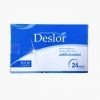

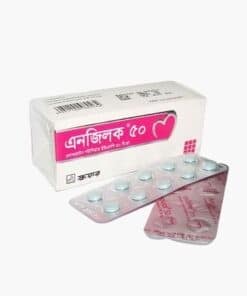
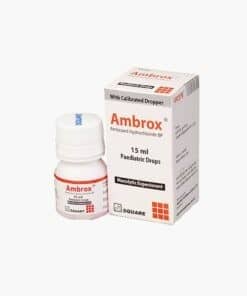
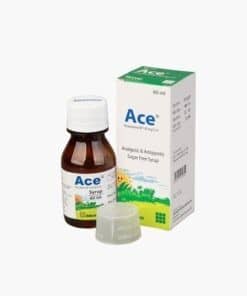
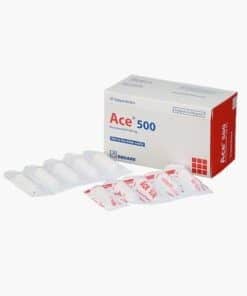
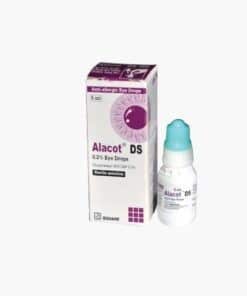
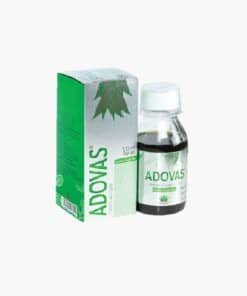
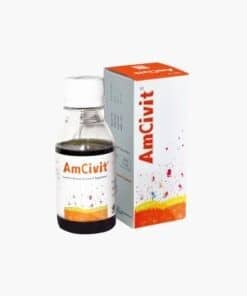
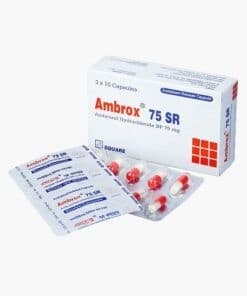
Reviews
There are no reviews yet.